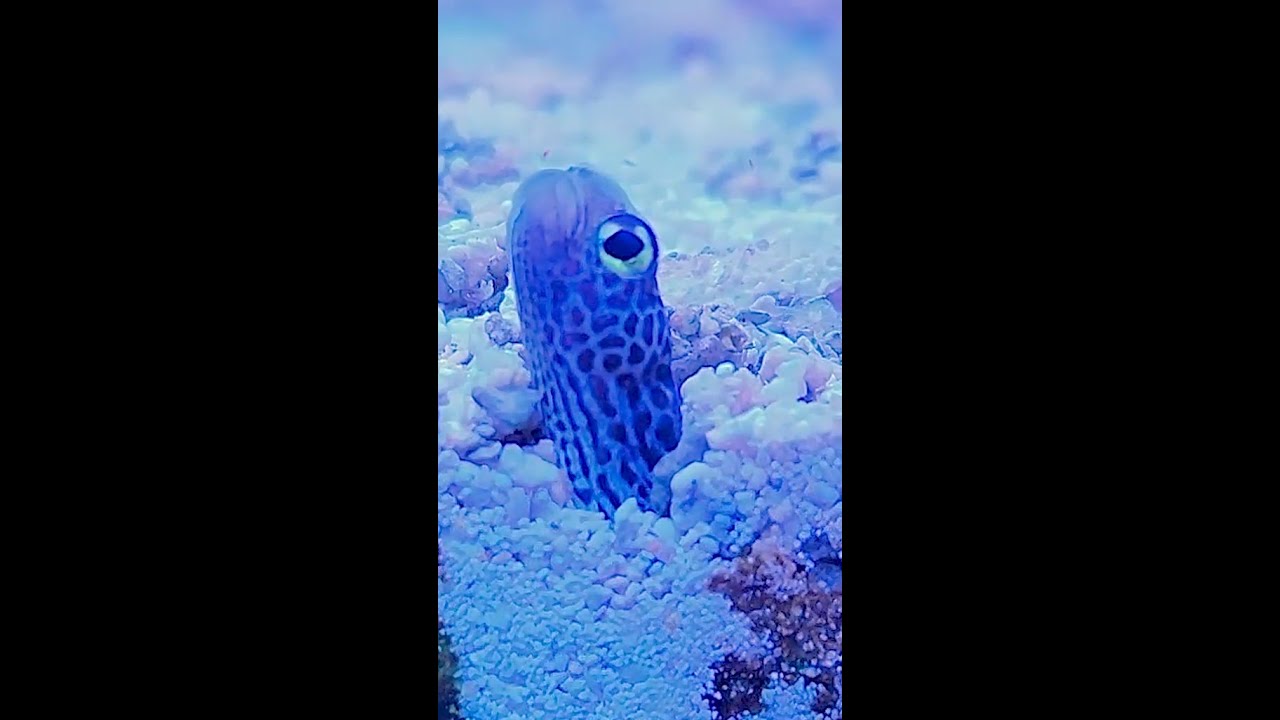– The critical role of animal sounds in ecosystems and species interaction
– How animal communication contributes to conservation efforts
– The impact of human activity on animal soundscapes
– Technological advancements in recording and analyzing animal sounds
– Strategies for integrating sound-based wildlife management into conservation plans
Animal sounds play an integral part in the functionality of ecosystems and the interaction between species. These sounds, ranging from the melodious songs of birds to the deep roars of lions, serve various purposes, including mating calls, territorial claims, and alarm signals. This aspect of animal behavior offers a window into the health and dynamics of ecosystems. Understanding the intricacies of these acoustic signals can provide vital clues in assessing the biodiversity and ecological balance of habitats.
Communication among animals using sounds is a fascinating area of study that significantly contributes to conservation efforts. For example, elephants use infrasound, at frequencies too low for human ears, to communicate over long distances. This has implications for elephant conservation strategies, as tracking these sounds can help in monitoring their movements and preventing human-elephant conflicts. Similarly, the use of bioacoustics in monitoring bird species enables conservationists to identify the presence of certain species in vast forest areas without the need for visually spotting them. This technique is especially beneficial for tracking the population and health of species that are elusive or in dense habitats.
Human activities, from urbanization to deforestation and climate change, are altering the natural soundscapes animals depend on for survival. Noise pollution, in particular, can have a profound effect on wildlife, interfering with their ability to communicate, find food, or avoid predators. The increasing intrusion of anthropogenic noise in oceans, for instance, is a growing concern for marine life, affecting species such as whales and dolphins that rely heavily on echolocation and vocalizations for navigation and foraging. Addressing these challenges requires a comprehensive understanding of the importance of soundscapes in wildlife habitats and the development of strategies to mitigate negative impacts.
With advancements in technology, the recording and analysis of animal sounds have become more sophisticated, opening new avenues for research and conservation. Automated recording devices and sound analysis software allow for continuous monitoring of animal communications, providing invaluable data on species diversity, population trends, and the health of ecosystems. These technologies also facilitate the study of animal behavior in natural settings, minimizing human disturbance. Further, machine learning algorithms can now identify and classify specific animal calls within massive datasets, enabling researchers to track changes over time and identify patterns that might indicate ecological shifts or threats to habitats.
Incorporating sound-based wildlife management into conservation plans is an emerging strategy with the potential to enhance efforts to protect ecosystems and species. By integrating acoustic monitoring into regular conservation practices, organizations can efficiently identify critical areas for protection, focus on species at risk, and monitor the success of restoration efforts. For example, acoustic fences – virtual barriers created by sound – have been explored as a method to deter wildlife from entering areas where they are at risk from human conflicts or to guide them toward safer habitats. Furthermore, engaging local communities and stakeholders in sound-based monitoring projects can foster a deeper connection with the environment and empower conservation efforts at the grassroots level.
Animals as sounds, an intricate aspect of wildlife behavior and ecology, have far-reaching implications for conservation and biodiversity. Exploring and understanding these acoustic signals not only enriches our knowledge of the natural world but also enhances our efforts to preserve it. As we navigate the challenges of conservation in the 21st century, acknowledging the significance of animal sounds and integrating this understanding into management strategies presents a promising approach to safeguarding our planet’s rich tapestry of life.
*****
Source Description
We saw some of our fellow AZA-Accredited zoos using this audio with their animals, so we thought we’d join in. 😁
#Syracusezoo #Syracuse #CNY #OnondagaCounty #OnondagaCountyParks

